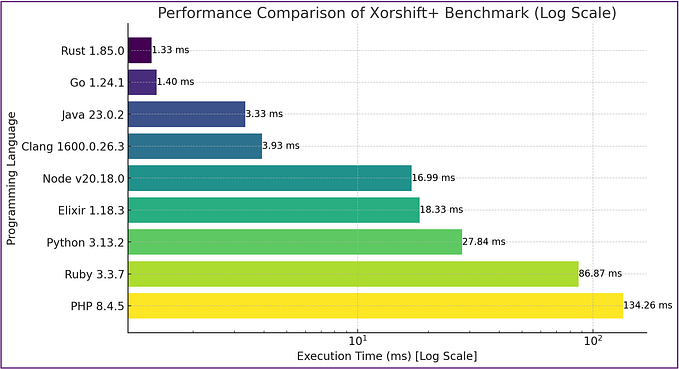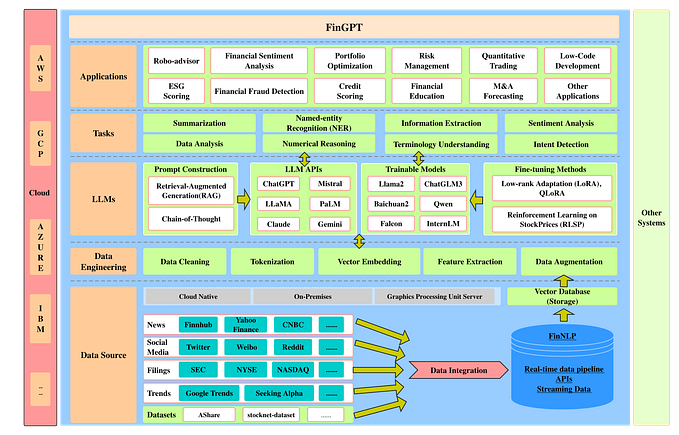Member-only story
Reimagining Rust’s Trait System: An In-Depth Look at the Next-Generation Trait Solver
This article is open to everyone, non-members can access it via this link
Rust is lauded for its powerful type system, especially its zero-cost abstractions and memory safety guarantees without needing a garbage collector. One of Rust’s core features is its trait system, which allows developers to define shared behaviour across different types. But as Rust has evolved, so too has the complexity of the trait system, requiring improvements to keep up with growing demands. Enter the next-generation trait solver — a project aiming to overhaul Rust’s trait system and tackle some of the long-standing challenges.
This article takes a deep dive into the upcoming improvements to Rust’s trait solver, what problems it addresses, how it works under the hood, and what the future holds for Rust developers. By the end, you’ll gain a comprehensive understanding of how these changes will affect the language and its ecosystem.
What is a Trait?
In Rust, a trait defines a set of methods that a type must implement to satisfy certain behaviour. Traits enable polymorphism, allowing different types to be used interchangeably if they implement the same trait.






